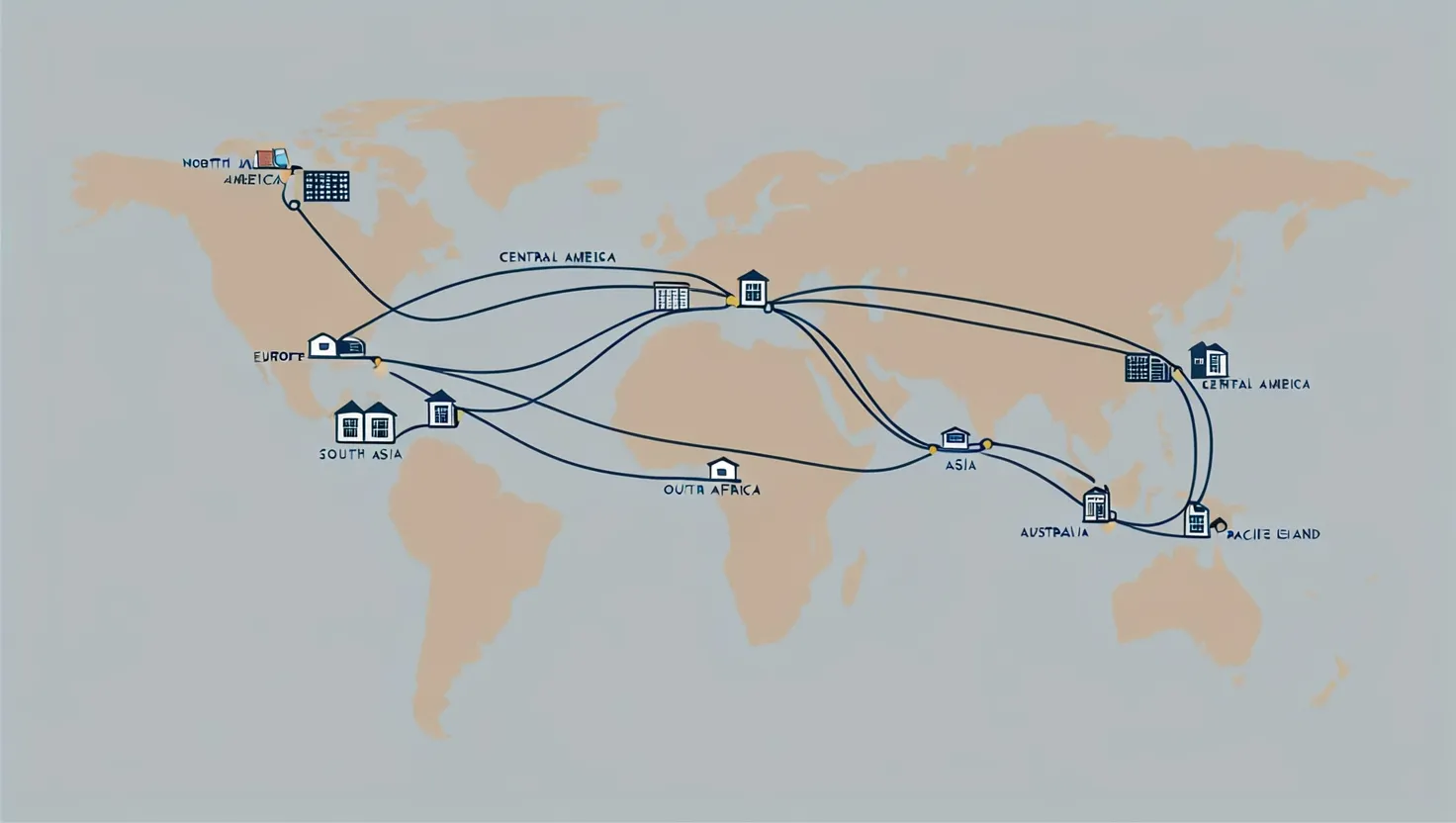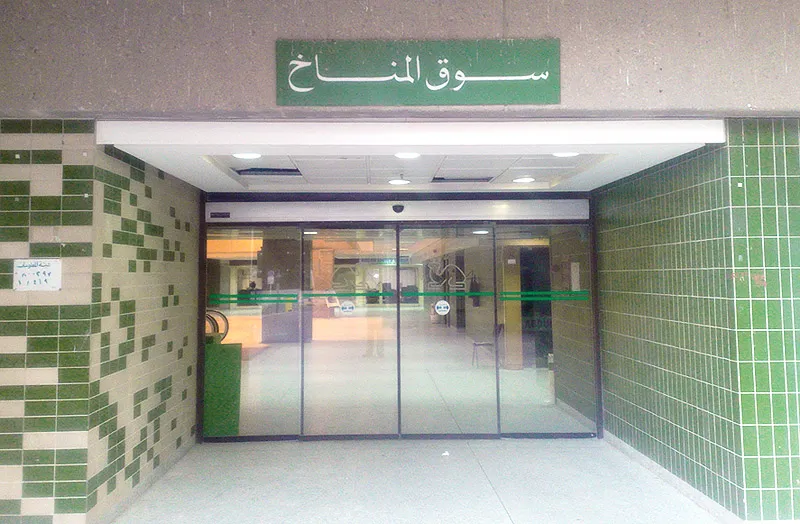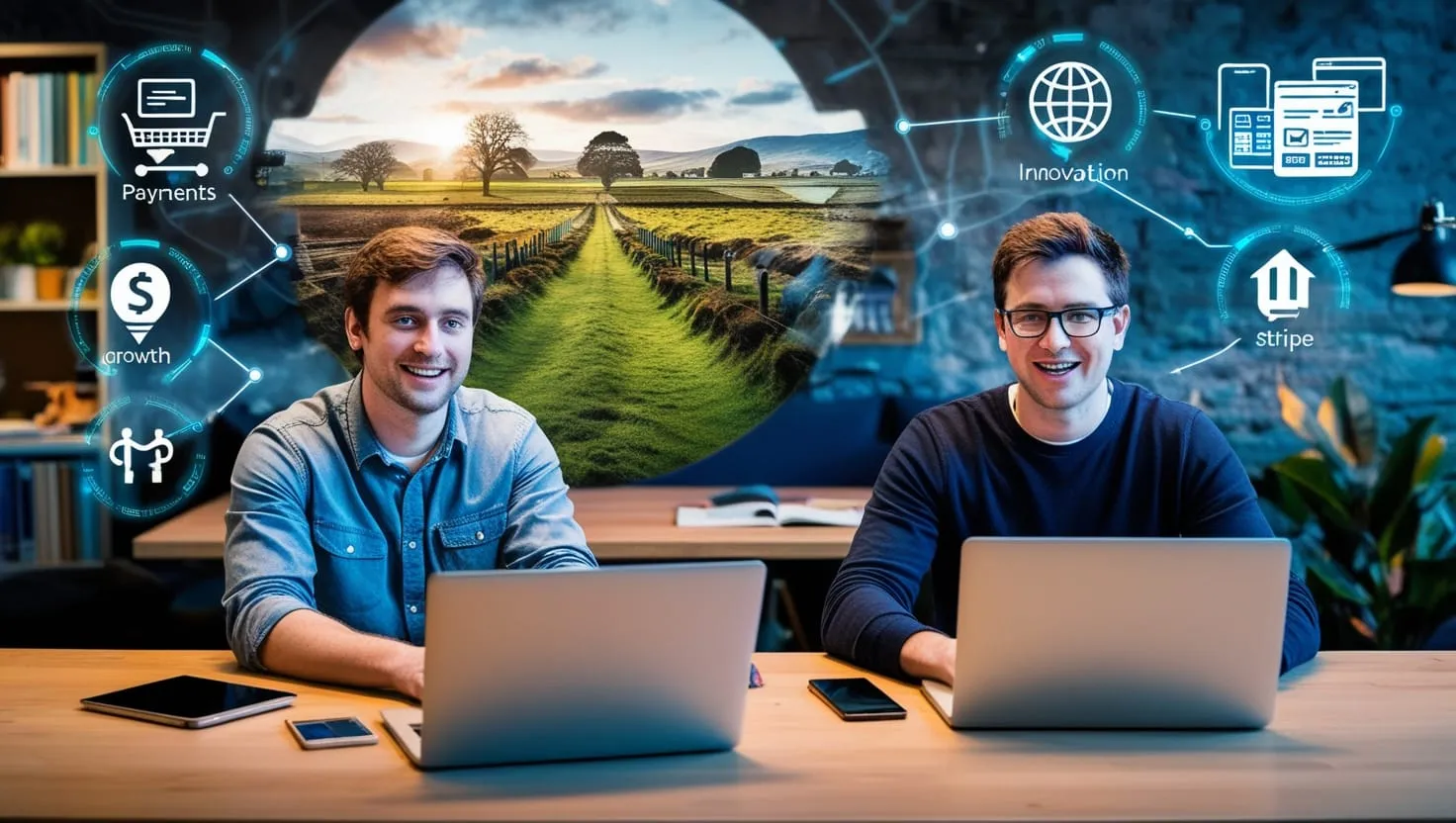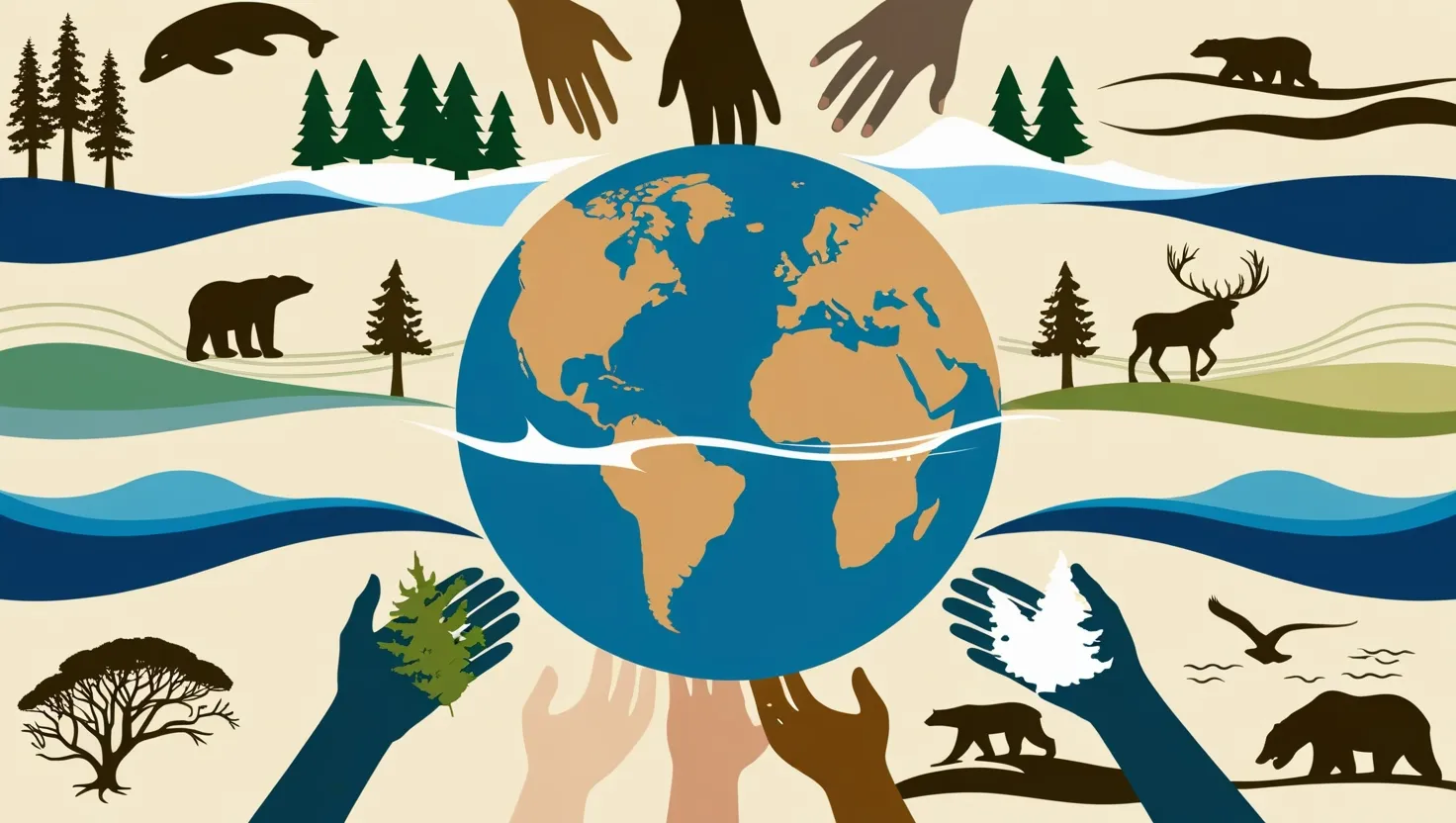Managing personal finance can often feel like a tedious and overwhelming task, especially for young professionals like Ananya, who are just starting to navigate the complexities of budgeting, saving, and investing. However, a revolutionary approach is changing the landscape of personal finance: gamification.
The Discovery
Ananya, a busy professional in her late 20s, had always struggled with keeping track of her expenses and saving money. Her paycheck would vanish within weeks, leaving her wondering where it all went. One day, while browsing through finance apps, she stumbled upon an innovative solution that would transform her financial management experience.
This app turned the mundane task of budgeting into an engaging game. With daily challenges, progress bars, and virtual rewards, Ananya found herself motivated to make better financial decisions. She was no longer just tracking her expenses; she was on a mission to level up her financial health.
The Psychology Behind Gamification
Gamification taps into our psychological drivers, leveraging the same principles that make games so addictive. When we achieve small goals, our brains release dopamine, a neurotransmitter associated with pleasure and motivation. This immediate positive reinforcement encourages us to repeat the behavior, fostering healthy habits over time.
For Ananya, setting financial goals was no longer a chore. The app broke down her large goals into smaller, manageable milestones, each accompanied by a sense of accomplishment. She could visualize her progress through interactive charts and graphs, making the journey to financial stability both enjoyable and rewarding.
Making Financial Literacy Fun
One of the most significant benefits of gamification in personal finance is its ability to enhance financial literacy. Traditional methods of learning about money management can be dry and unengaging, leading to a lack of interest and understanding. Gamification changes this by making financial education interactive and fun.
Apps like Fortune City, for instance, allow users to build a virtual city based on their spending habits. Each expense is translated into an element of the city’s design, providing a visual representation of their budget. This approach not only educates users about mindful spending but also makes the process enjoyable.
Encouraging Positive Habits
Gamification is particularly effective in building good financial habits. By offering rewards and incentives, these apps motivate users to stick to their financial goals. For example, Ananya’s app rewarded her with virtual badges and points for saving a certain amount each month. These rewards were not just virtual; they also included tangible benefits like cashback and discounts.
The concept of prize-linked savings (PLS) is another example of how gamification can encourage savings. In a study, Walmart MoneyCard users who were offered the chance to win cash for saving money ended up saving 35% more than a control group. This approach combines the thrill of winning with the benefit of saving, making the process more engaging and rewarding.
Collaborative Savings
Saving money doesn’t have to be a solitary activity. Gamification can make it a collaborative effort, enhancing motivation and accountability. Ananya joined a savings challenge with her friends, where they competed to see who could save the most money each month. This friendly competition not only made saving more enjoyable but also provided a support system that kept her motivated.
Visualizing Progress
Visual elements are a crucial part of gamification in personal finance. Apps that use maps, charts, and graphs to track savings progress help users see their achievements in a tangible way. For Ananya, watching her virtual savings grow was a constant reminder of her progress, motivating her to continue her good habits.
Overcoming Debt
Debt reduction is often a daunting task, but gamification can make it more manageable and less stressful. Apps like Undebt.it allow users to input their debt details and choose from various payoff strategies. The app visualizes the debt repayment progress, making it easier for users to stay motivated and see the light at the end of the tunnel.
Retirement Planning
Even long-term goals like retirement planning can be gamified. Apps such as Acorns Later incorporate gamification by rounding up users’ purchases to the nearest dollar and investing the spare change. This approach makes saving for retirement a seamless and automated process, providing immediate rewards that keep users engaged.
The Flow State
Gamification can also help users enter a “flow state” when managing their finances. This state, often described as being “in the zone,” is highly productive and enjoyable. By making financial tasks more engaging, gamification encourages users to focus intently on their goals, losing track of time in the process.
Potential Pitfalls
While gamification has the potential to revolutionize personal finance, it is not without its pitfalls. One of the main concerns is the reliance on external motivation. If users become too dependent on rewards and incentives, they may lose interest once these external motivators are removed.
Moreover, introducing a competitive element can sometimes backfire. If the competition becomes too intense, it can lead to stress rather than motivation. It is crucial to strike a balance between competition and positive reinforcement to ensure that the experience remains enjoyable and rewarding.
Long-Term Effectiveness
The long-term effectiveness of gamification in personal finance is also a topic of discussion. While it can be highly effective in the short term, there is a need for ongoing engagement and innovation to keep users motivated. Apps must continuously update their features and rewards to maintain user interest and prevent the experience from becoming stale.
Conclusion
Ananya’s journey with the finance app was a transformative one. She went from struggling with budgeting to enjoying the process of managing her finances. Gamification had turned a mundane task into a rewarding challenge, making her more financially literate and motivated.
For many, the idea of managing personal finance can seem daunting, but gamification offers a fresh and engaging approach. By leveraging the principles of game design, these apps make financial tasks enjoyable, interactive, and rewarding. Whether it’s through daily challenges, visual progress tracking, or collaborative savings, gamification has the potential to revolutionize how we approach personal finance.
As we continue to explore the possibilities of gamification, it is clear that this approach is more than just a trend; it is a powerful tool for building better financial habits and a healthier relationship with money. So, the next time you find yourself struggling with budgeting or saving, consider turning it into a game. You might just find that managing your finances becomes your new favorite challenge.






